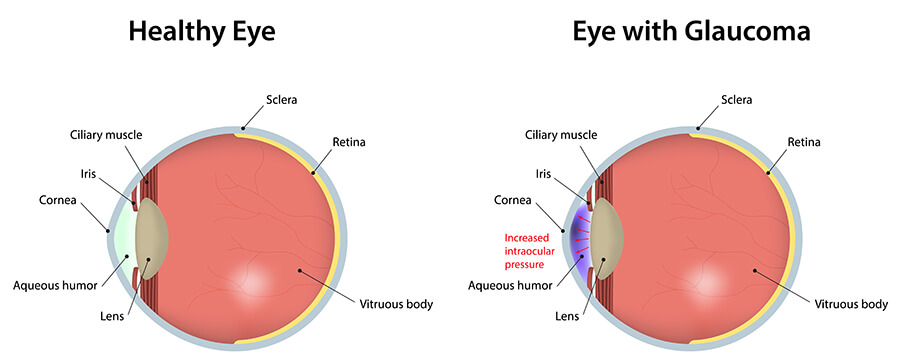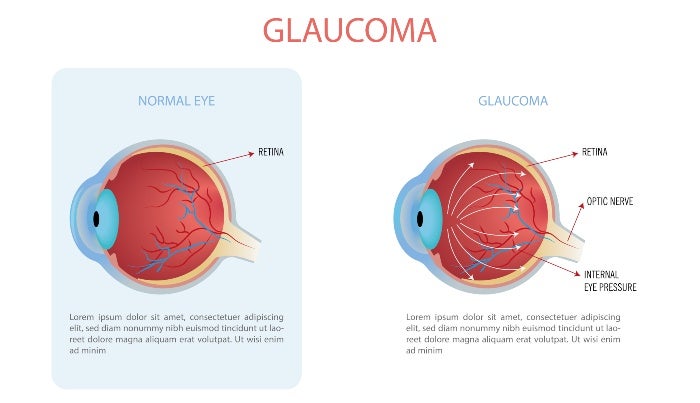Experienced Retina Service Near Me: Comprehensive Eye Care Solutions
Experienced Retina Service Near Me: Comprehensive Eye Care Solutions
Blog Article
Comprehending the Various Vision Correction Procedures Available for Clearer Sight
In the world of vision correction treatments, a wide range of choices exist to deal with refractive mistakes and offer people with more clear sight. Let's check out the details of these treatments and dropped light on the course to attaining enhanced vision clearness.
LASIK Surgical Procedure
LASIK surgical procedure is an usual refractive procedure utilized to remedy vision issues such as nearsightedness, astigmatism, and farsightedness - glaucoma service near me. This surgical technique, which represents Laser-Assisted sitting Keratomileusis, intends to improve the cornea to improve just how light is concentrated on the retina, ultimately boosting vision quality. During the treatment, a slim flap is developed on the cornea, and a laser is utilized to get rid of exact quantities of tissue to improve it properly. This reshaping enables light to be precisely focused onto the retina, dealing with refractive mistakes.
Among the main benefits of LASIK surgical treatment is the rapid enhancement in vision experienced by people. Many individuals see a significant enhancement in their vision immediately after the treatment. Furthermore, many patients report marginal pain and discomfort throughout the surgical treatment and recovery period. The recovery time for LASIK is fairly quick, with several people returning to their everyday activities within a day or 2 post-operation. On the whole, LASIK surgery is a preferred option for people seeking a long-lasting option for their vision problems.
PRK Treatment
While additionally a typical refractive procedure, the PRK (Photorefractive Keratectomy) strategy differs from LASIK surgical treatment in its technique to dealing with vision troubles. In PRK, as opposed to developing a flap on the cornea, the outer layer of the cornea, called the epithelium, is completely eliminated. This enables the laser to reshape the cornea to remedy refractive errors such as astigmatism, farsightedness, and nearsightedness straight externally.

In spite of the longer recovery time, PRK can generate excellent outcomes in vision renovation, making it a useful choice for those who might not appropriate candidates for LASIK surgery.
Implantable Lenses
As opposed to PRK where the cornea is reshaped directly, implantable lenses supply one more method for dealing with vision by placing synthetic lenses inside the eye. This treatment is especially valuable for individuals with high levels of nearsightedness, farsightedness, or astigmatism who might not appropriate candidates for laser surgical treatments like LASIK or PRK.
Implantable lenses, additionally known as phakic intraocular lenses, job by supplementing the eye's natural lens with a fabricated one. retina service near me. These lenses can be put before the all-natural lens (former chamber) or behind the iris and before the all-natural lens (posterior chamber) By a knockout post readjusting the power and positioning of these lenses, eye doctors can efficiently correct refractive mistakes and improve aesthetic acuity
One advantage of implantable lenses is that they are removable and exchangeable, providing versatility for future modifications. Nonetheless, just like any type of procedure, there are risks involved, such as infection or cataract formation. People taking into consideration implantable lenses ought to seek advice from an eye treatment specialist to figure out one of the most appropriate option based upon their private requirements and eye health and wellness.
Corneal Rings
Corneal rings, also called intracorneal ring sectors, are little, transparent devices put right into the cornea to correct vision distortions such as keratoconus. Keratoconus is a condition where the cornea thins and bulges exterior, creating vision to become distorted. The insertion of corneal rings aids to squash the cornea, improving visual acuity and minimizing the irregular astigmatism brought on by keratoconus.
The procedure for putting corneal rings is relatively fast and minimally invasive, usually performed as an outpatient treatment. During the surgical procedure, the eye doctor makes a little cut in the cornea and inserts the rings at a particular depth. As soon as in place, the rings help to improve the cornea, providing a smoother surface for light to enter the eye, which can cause more clear vision.
Corneal rings are taken into consideration a reversible treatment, as they can be eliminated linked here or replaced if essential. refractive surgeries in al. While they may not entirely remove the need for glasses or get in touch with lenses, corneal rings can significantly improve vision top quality and general aesthetic convenience for individuals with keratoconus or various other corneal abnormalities
Refractive Lens Exchange
Following the adjustment of corneal abnormalities with procedures like corneal rings, one more vision correction method that can resolve refractive errors is Refractive Lens Exchange (RLE) RLE is a surgery that entails changing the eye's all-natural lens with a synthetic intraocular lens (IOL) to correct refractive errors such as nearsightedness, farsightedness, and presbyopia. This procedure is especially valuable for individuals who might not appropriate candidates for treatments like LASIK or PRK due to aspects such as slim corneas or high refractive errors.

Conclusion
In verdict, there are various vision adjustment procedures available to aid people achieve more clear sight. LASIK surgical procedure, PRK procedure, implantable lenses, corneal rings, and refractive lens exchange are all choices that can deal with different vision issues.
In the world of vision adjustment treatments, a plethora of choices exist to deal with refractive errors and give individuals with more clear sight.LASIK surgery is a common refractive procedure made use of to correct vision problems such as astigmatism, farsightedness, and nearsightedness.While likewise a common refractive procedure, the PRK (Photorefractive Keratectomy) technique varies from LASIK surgery in its approach to dealing with vision troubles.Following the improvement of corneal abnormalities with treatments like corneal rings, another vision improvement strategy that can address refractive mistakes is Refractive Lens Exchange (RLE) LASIK surgery, PRK treatment, implantable lenses, corneal rings, and refractive lens exchange are all alternatives that can attend to different vision concerns.
Report this page